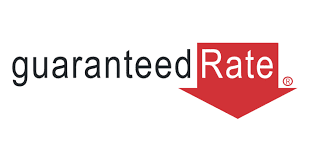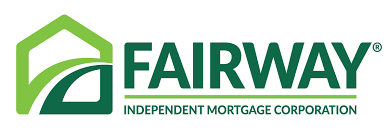Lender LendingTree rating and “best of” category Lender review


Refinance loansRead our review


VA loansRead our review


Jumbo loansRead our review


Online mortgage experienceRead our review


FHA loansRead our review


Home equity loansRead our review


Mortgage loan varietyRead our review
![]() Learn more about how we chose our list of the best mortgage lenders.
Learn more about how we chose our list of the best mortgage lenders.
If you’re thinking of buying a home in South Dakota, you’ll need to consider the following rules and regulations:
Like many states, South Dakota imposes a real estate transfer tax at the time of closing on a home. This fee is determined by the total value of the home; buyers should know that lenders are responsible for telling you the amount once you’ve identified a property. South Dakota has a 0.1% transfer fee rate, which means buyers pay $0.50 for every $500 in home value, or $200 for a home worth $200,000.
According to Tax-Rates.org, the average property tax rate in South Dakota is now 1.28% of a property’s value, which means residents pay a median of $1,620 per year. Keep in mind that property tax rates usually vary by county. For example, in Minnehaha County, where Sioux Falls is located, the average tax rate is 1.42%, or $2,062 per year. By Tax-Rates.org’s numbers, that amount is one of the highest in the U.S.
South Dakota does offer a number of programs that can help seniors or those who are disabled shave their property tax bills. Depending on how you qualify, the help comes in the form of tax refunds, reductions, exemptions or an assessment freeze on the value of your home to prevent it from going up.
South Dakota now has a maximum conforming loan limit of $484,350 for a one-unit, single-family home, a rate that is the same for most of the U.S.
Conforming loans are home mortgages that abide by guidelines and limits set forth by Fannie Mae and Freddie Mac. These two government-sponsored enterprises set conforming loan limits, which vary by state and county, each year. Conforming loans are important: By sticking to the borrowing limits of this type of mortgage, consumers who have good credit generally get their best interest rates.

The South Dakota Housing Development Authority can help qualified buyers find a more affordable mortgage and pay down payment and closing costs. Read on for more about individual programs:
This program provides low, fixed-rate mortgages, along with cash assistance for down payment costs.
Who qualifies:
This loan program helps borrowers with down payment and closing costs by providing a second mortgage for up to 3% of the purchase price. The second mortgage charges no interest or associated fees and is paid off either when the first mortgage is paid off or when the borrower sells the home. To see if you qualify, contact a participating lender.
This mortgage credit certificate program provides qualified, first-time buyers with a federal tax credit for a portion of the mortgage interest they pay each year.
Who qualifies: